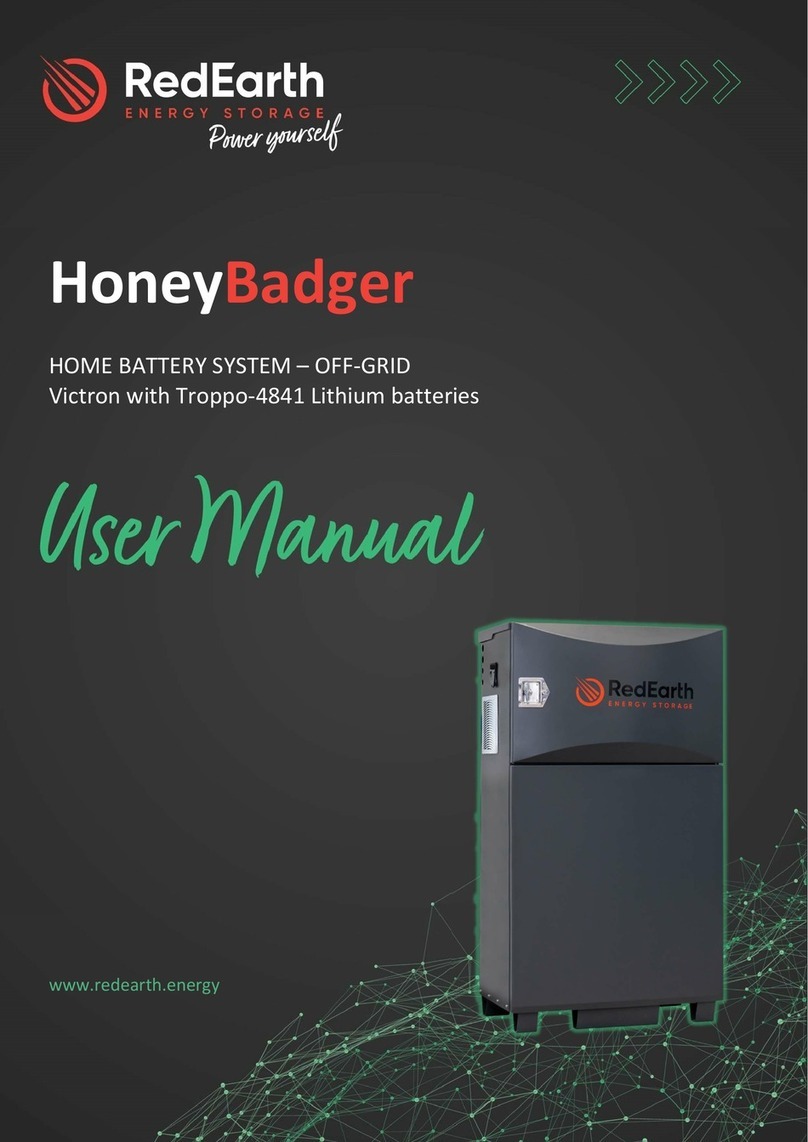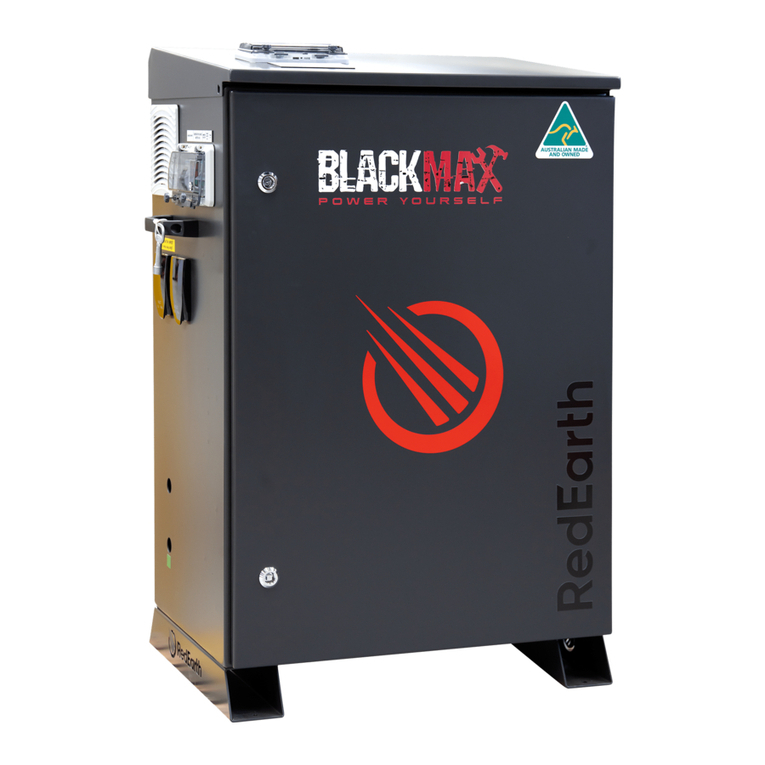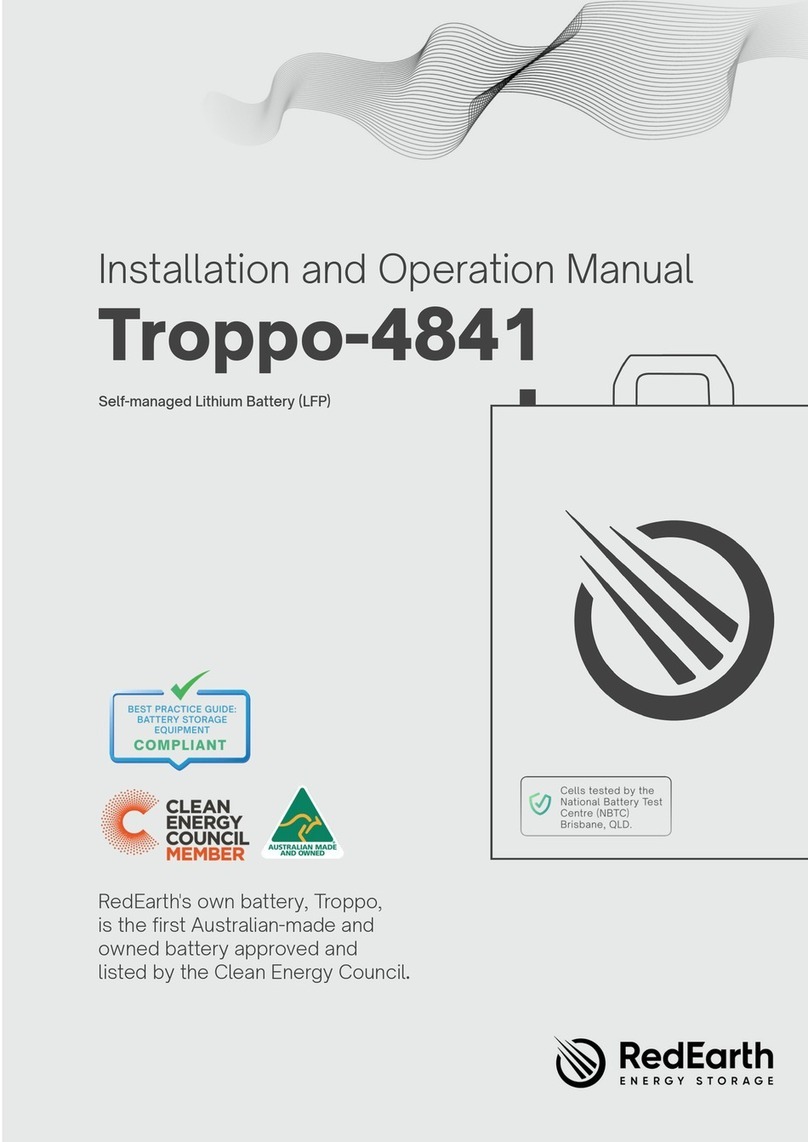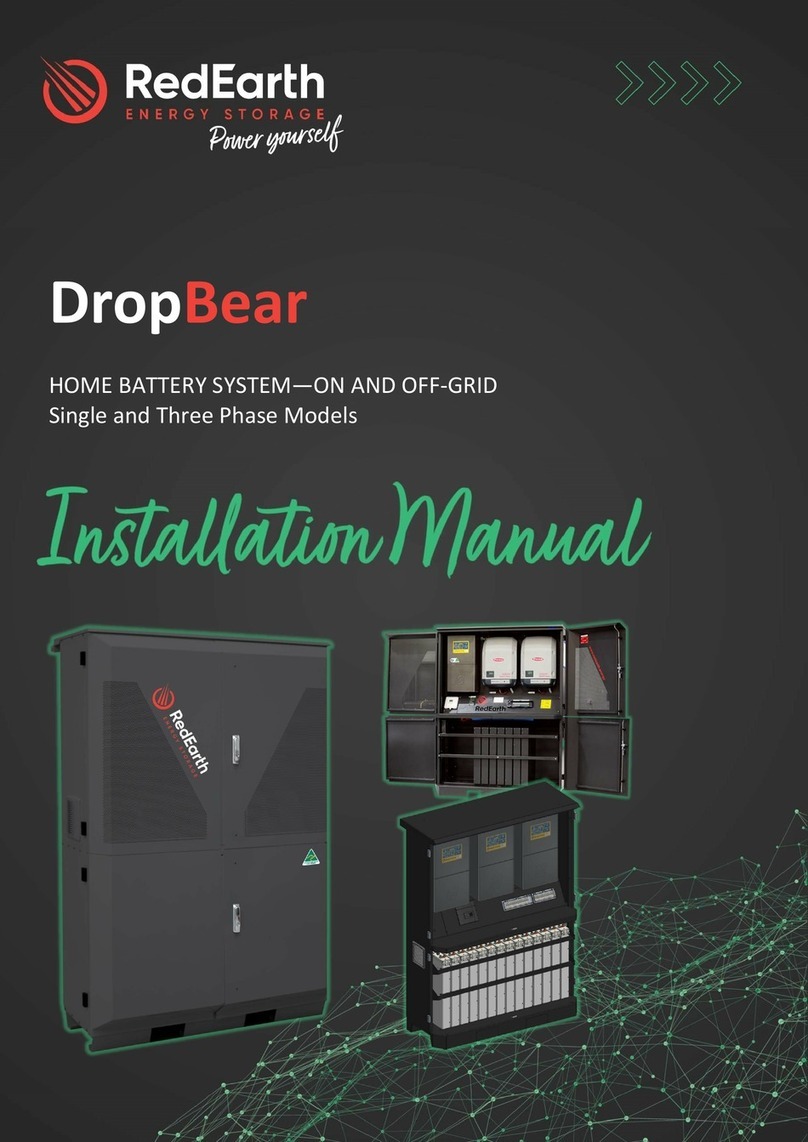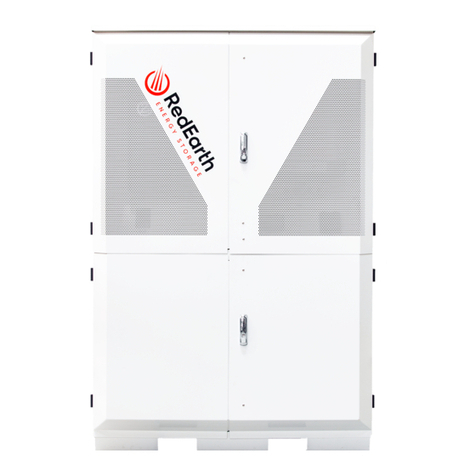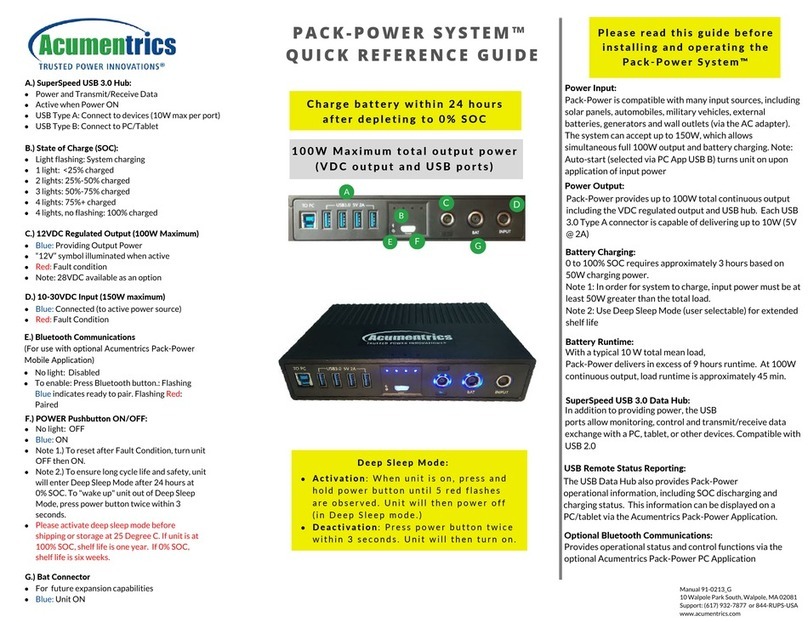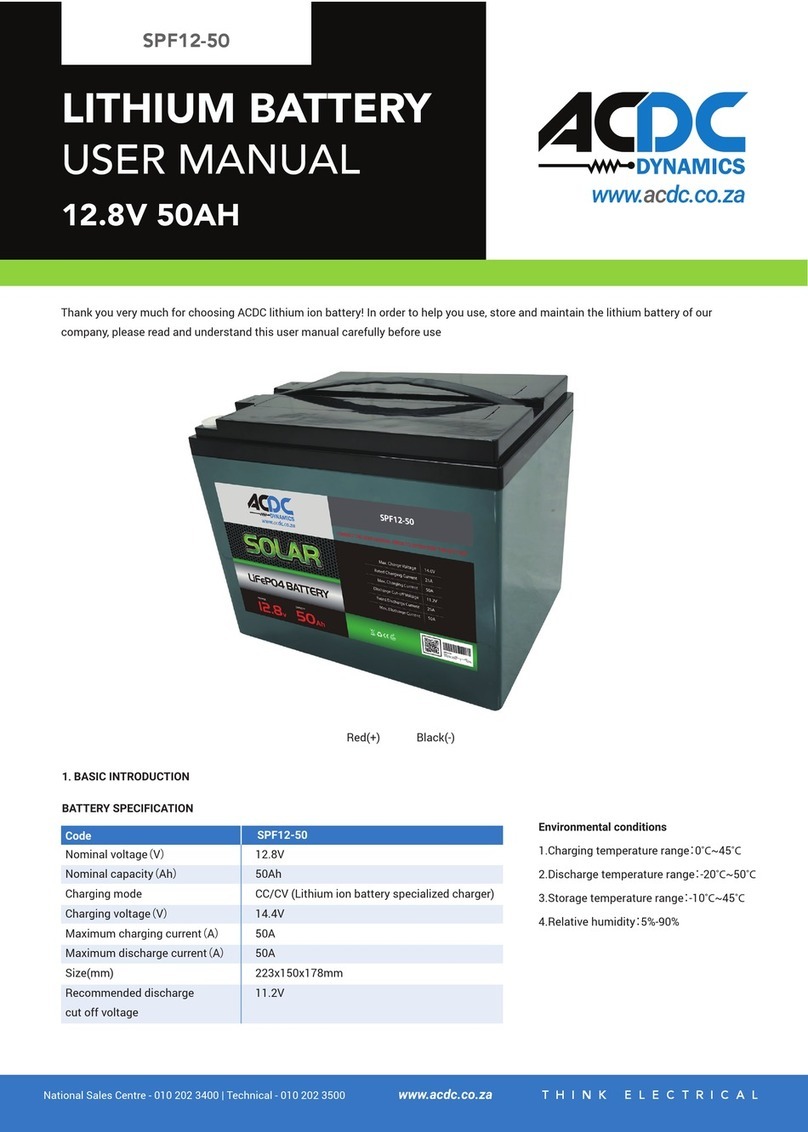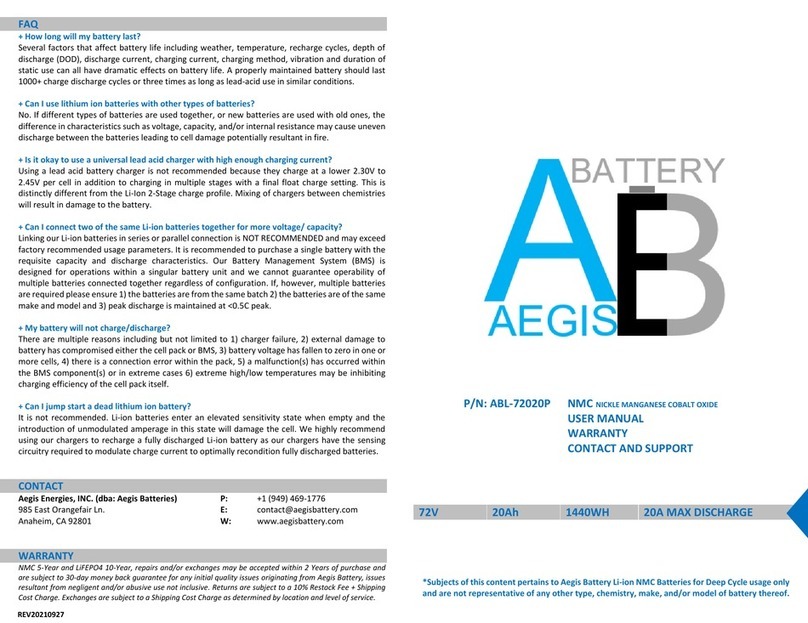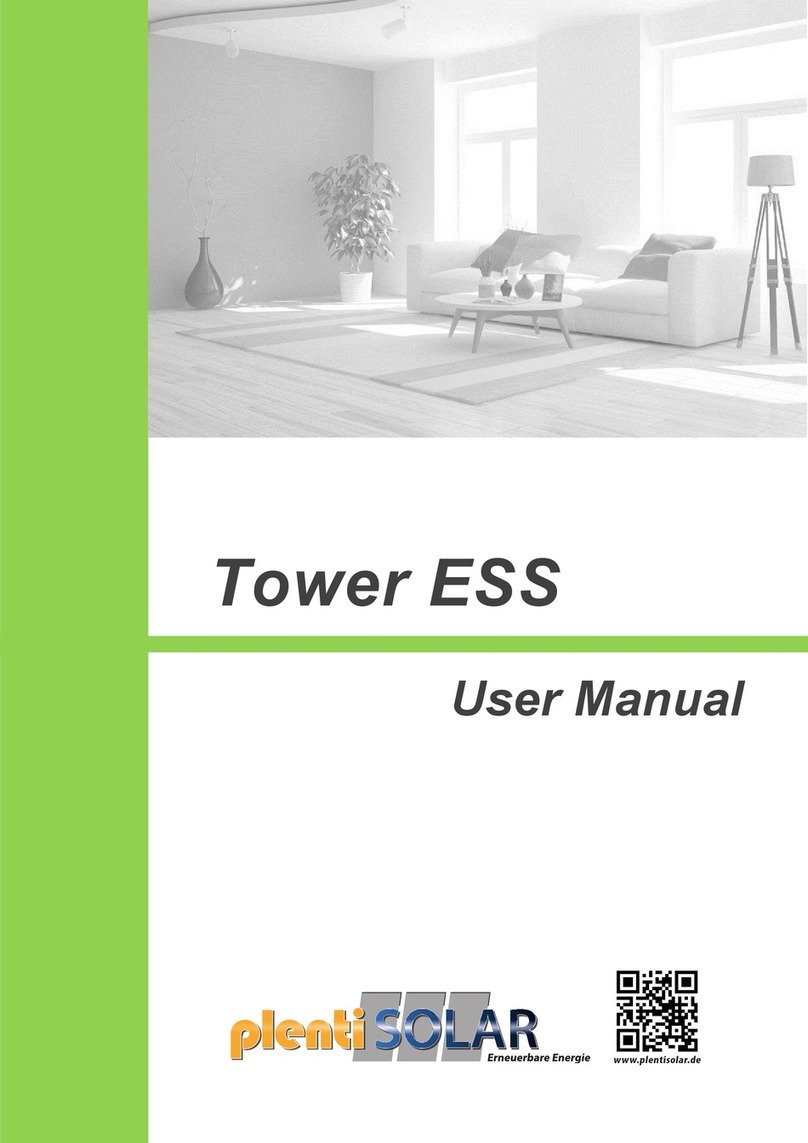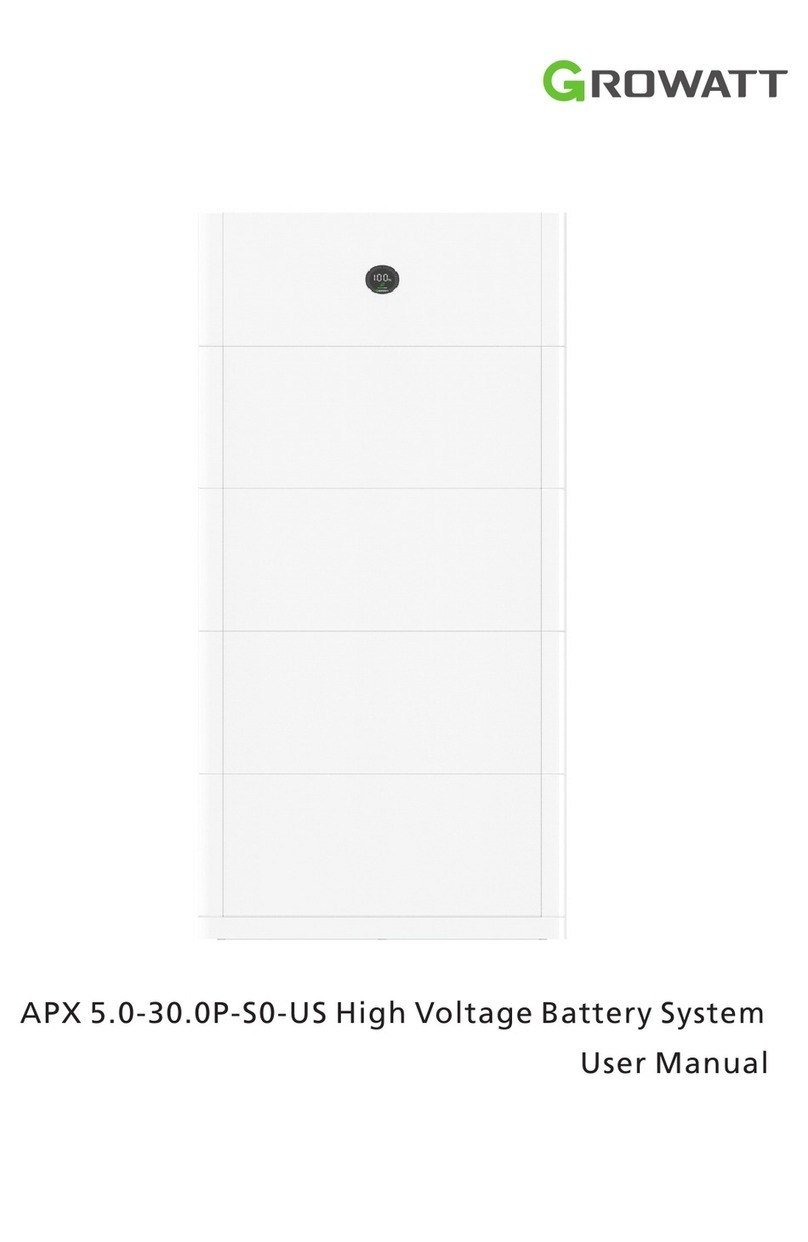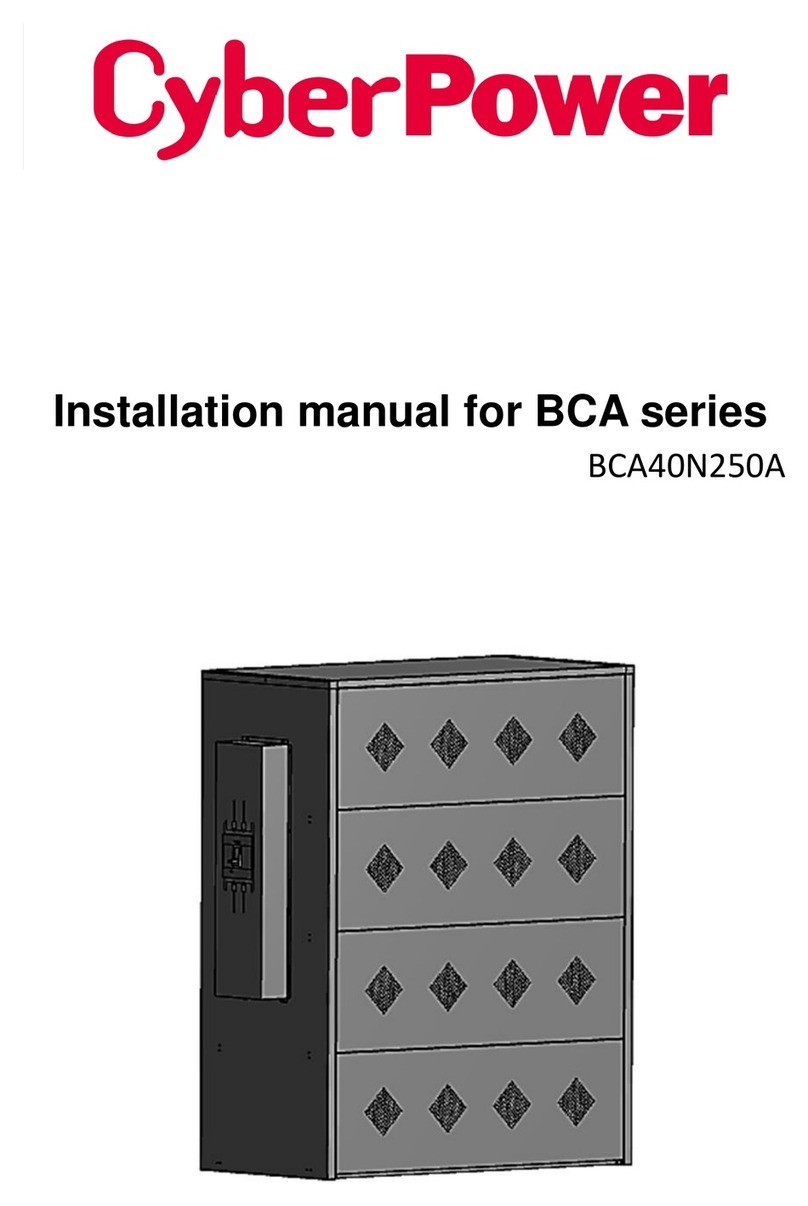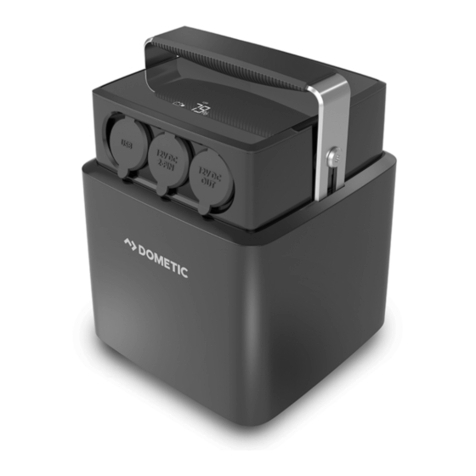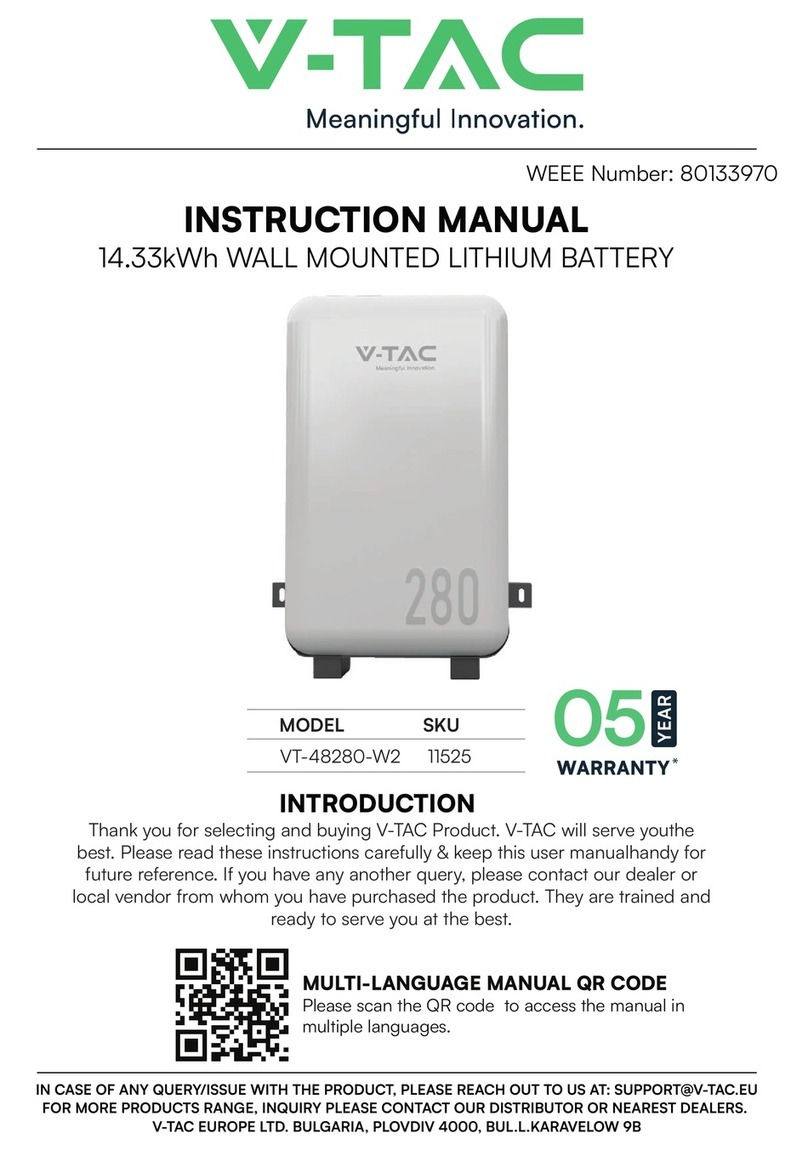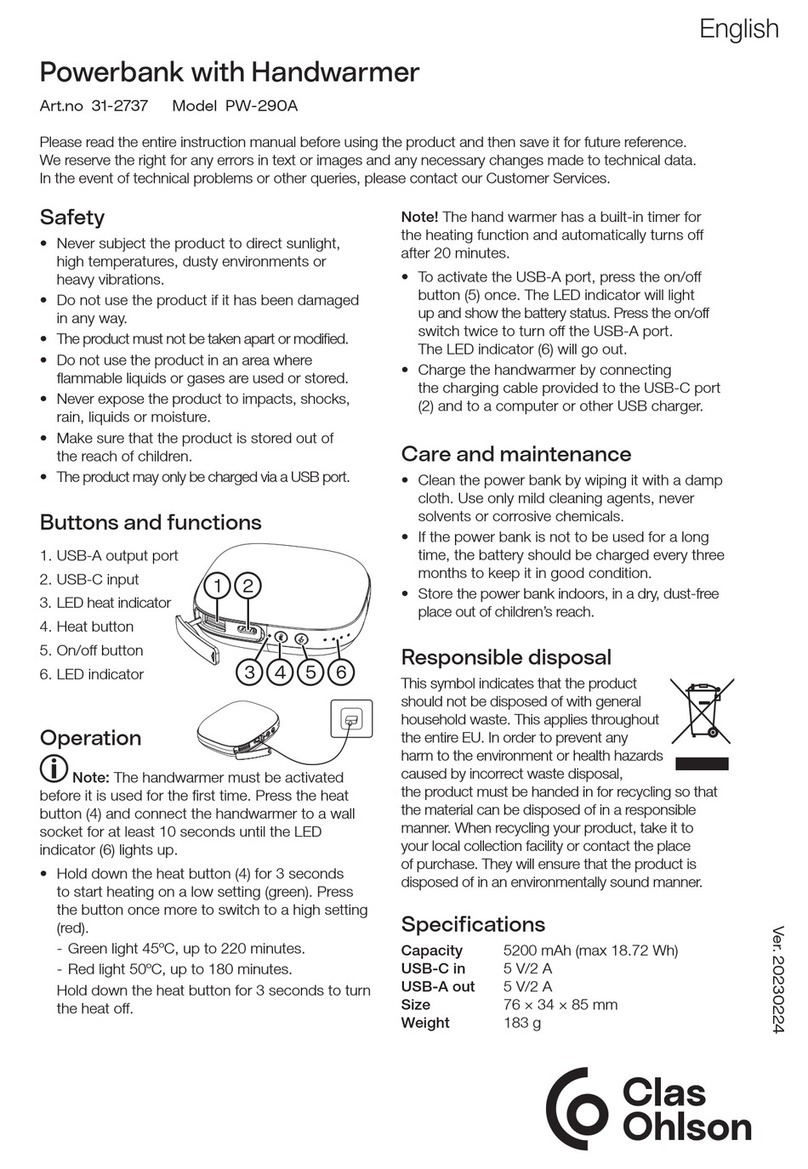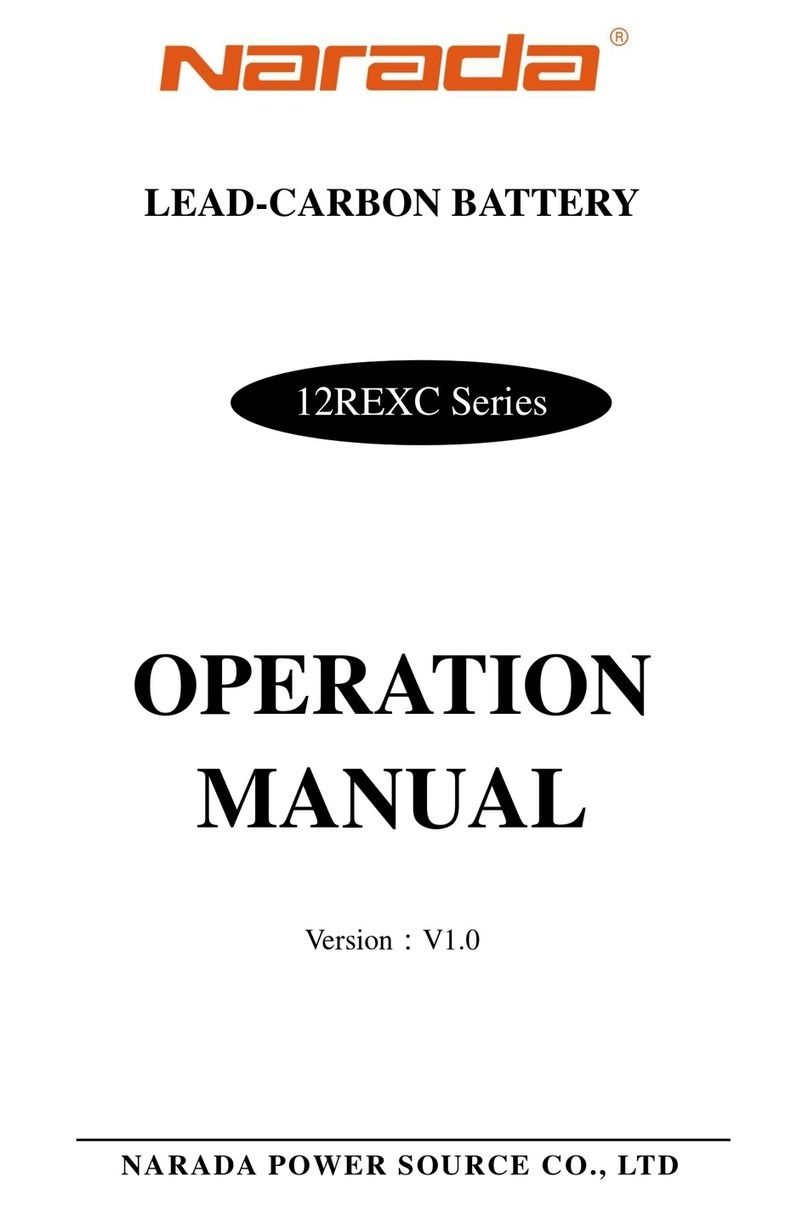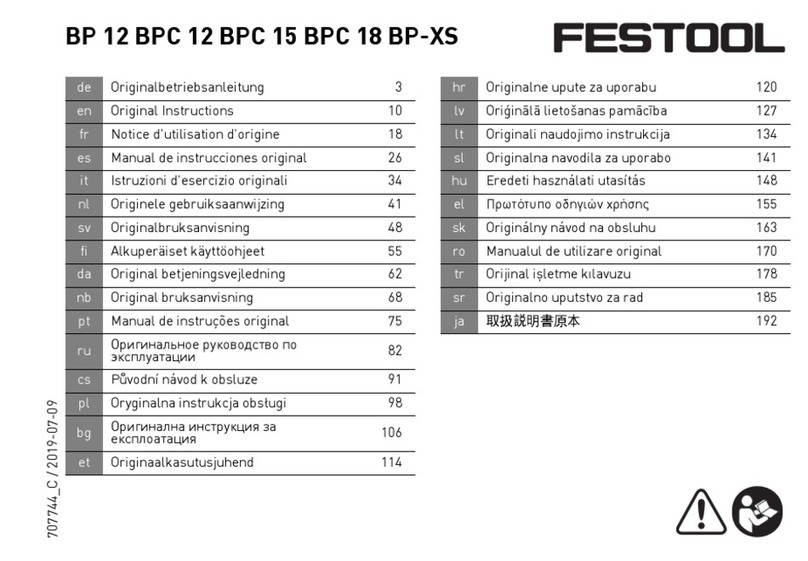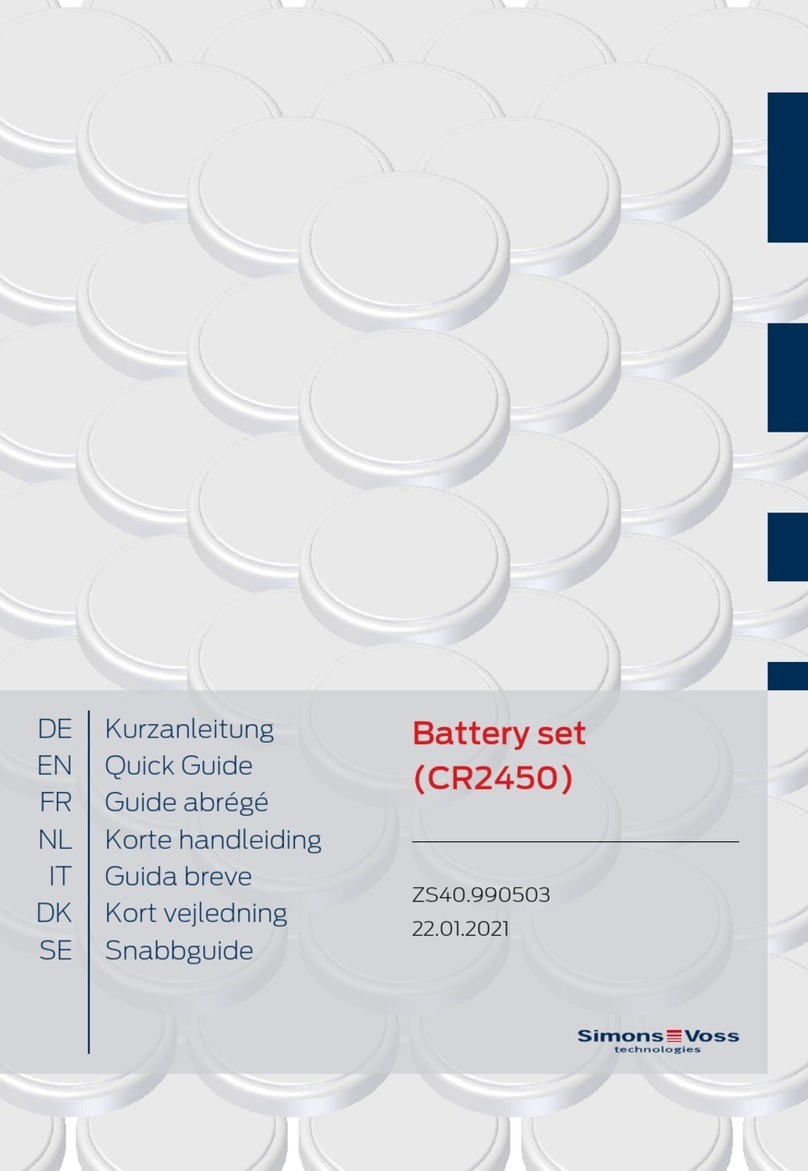
SunRise – Installation Manual
RE_PROD_0018 Version 1 Page 5 of 27 Issue Date 13/11/2020
The SunRise Home Battery is an Australian-made battery system designed to reduce electricity
usage. The system generates and stores solar power for use day & night. The SunRise is fully
certified to AS4777.2, IEC62109-1/2 & AS60950.1 and conforms to the Battery Safety Guide.
This manual describes the installation of the Model: SRS 3xx of the SunRise System.
A 1-phase version of the SunRise is also available.
The SunRise system can be installed with or without batteries. Batteries can easily be added later,
as demand grows and budgets allow. Batteries must be of the same make and model.
•When installed with batteries excess PV solar electricity generated during the day will be
used to reduce the amount of electricity baught from the grid at night. In addition the battery
ensures essential household loads (fridges, lights etc) can be powered during a power
outage.
•When installed without batteries excess PV generated during the day can be exported to
the grid, which reduces your electicity bill. Ensuring you have the best electricity plan from
your provider will improve your return.
•The SunRise system can also easily be retrofitted to an existing PV solar system.
The SunRise combines an AS4777.2 certified SunGrow 10kW inveter (SH10RT) with the globaly
popular Pylontech lithium-ion batteries (H48074). With the advantege of scalability in energy
storage, the Sunrise has multiple options to fit a budget:
•Emergency Power:The minimum amount of batteries aloud for this SunRise is zero (0) batteries.
However, if opting for batteries, at least 5 batteries (17.75kWh) must be installed for correct
operation. This option will not provide full 10kW to EPS circuits
•Full Power:To have the maximum (10kW) power available, the Sunrise must have seven (7) or more
batteires.
•Max Storage:With the hability to hold 9 batteries, a fully loaded SunRise can store 31.95kWh of
electricity.
For government rebates purposes, a maximum of 13.3kW (1.33 x 10kW) of solar panels can be
connected to the system.
The SunRise SRS system can be remotely monitored via RedEarth Energy Storage’s platfom as
well as SunGrow’s web portal or their app (iSolarCloud app).
